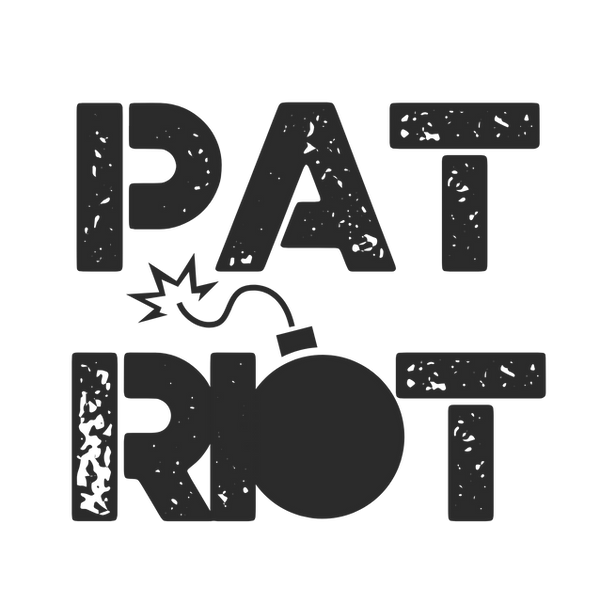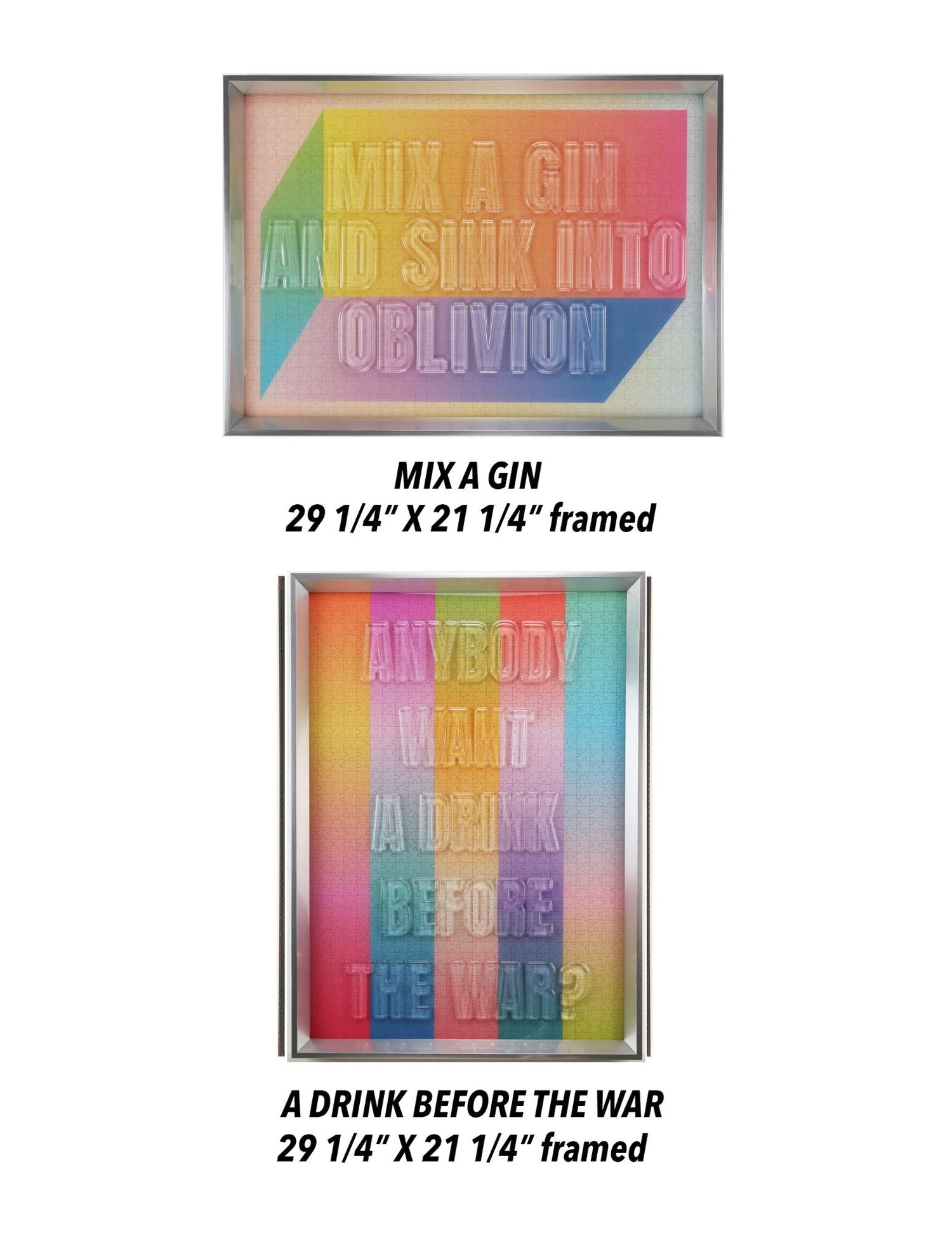
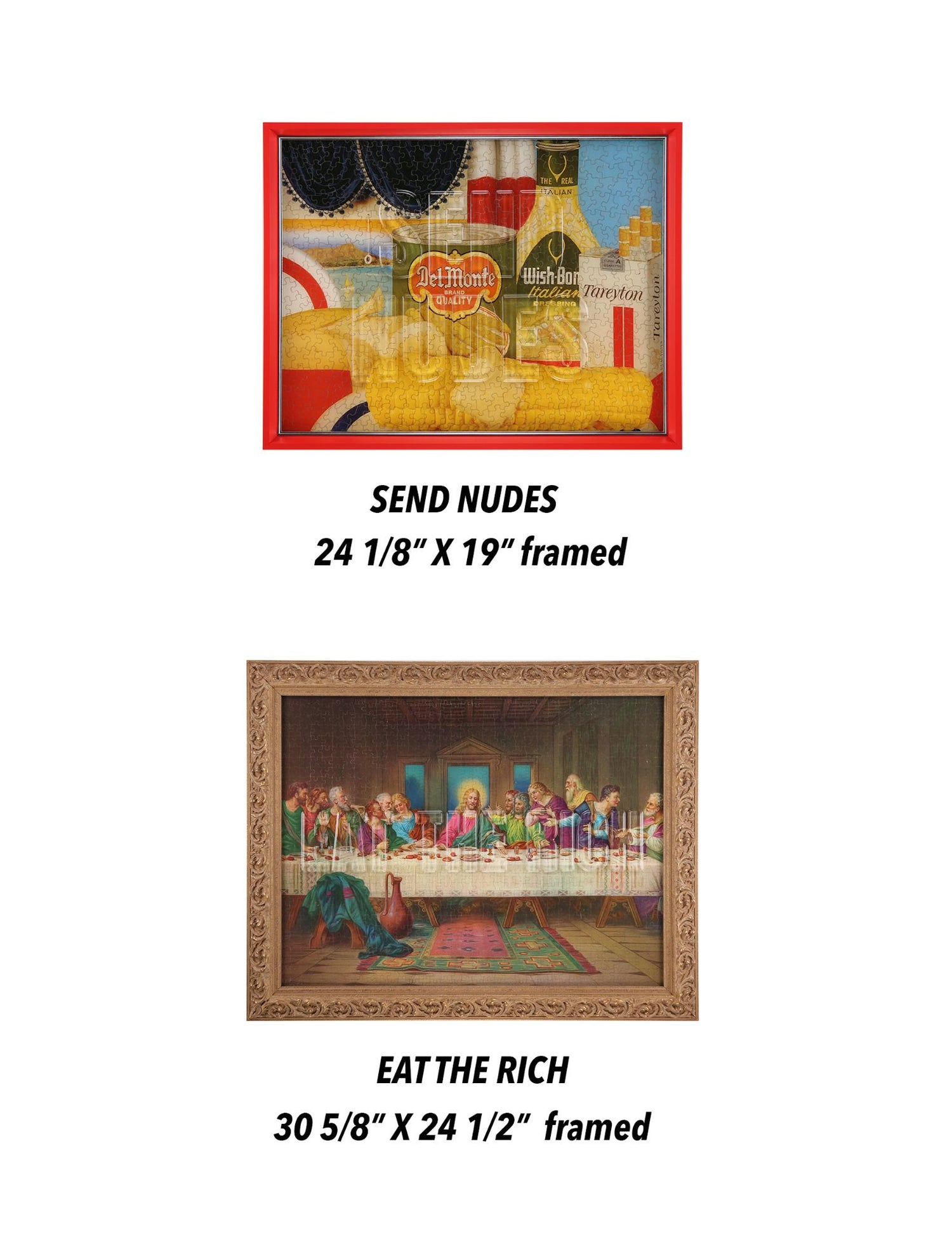
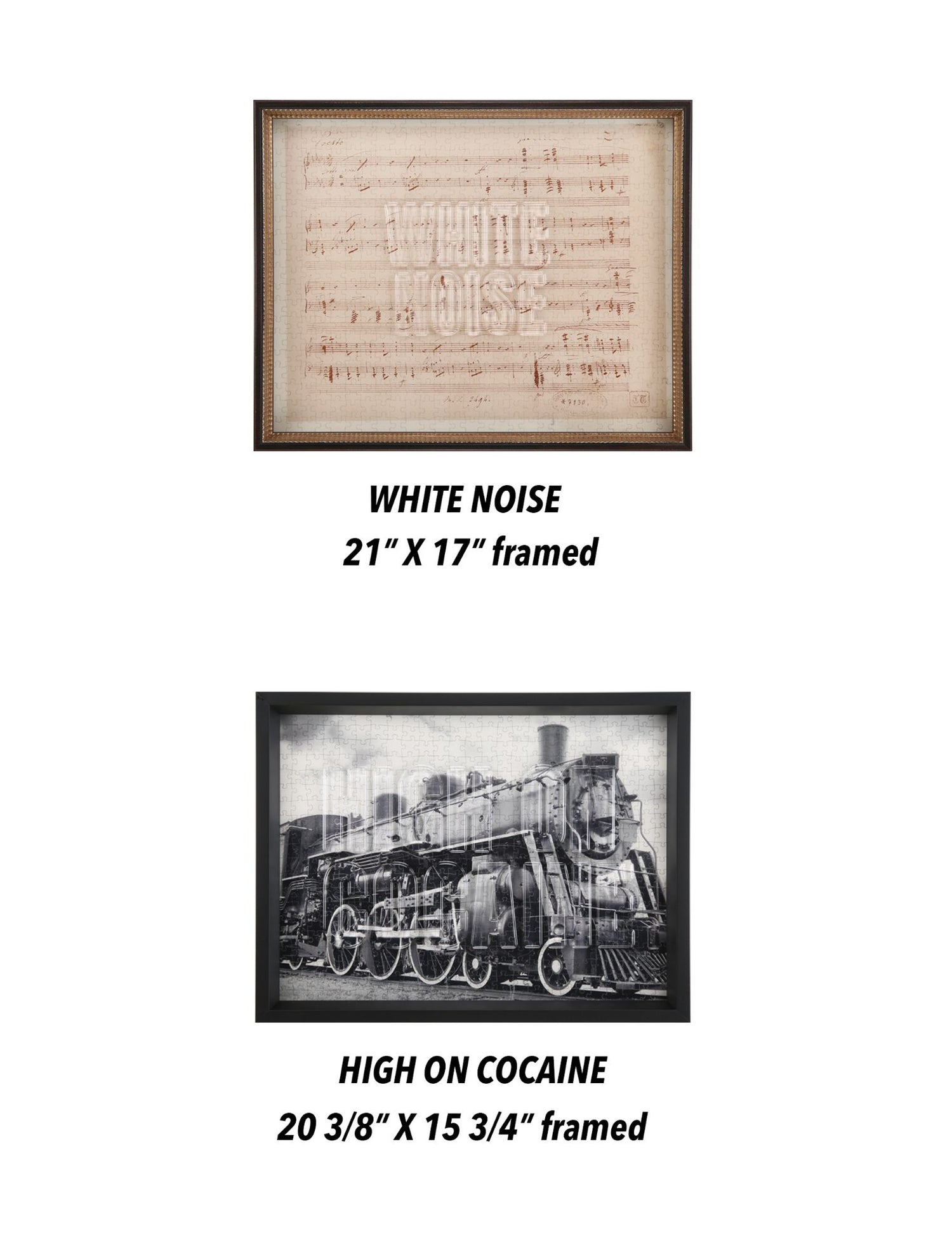
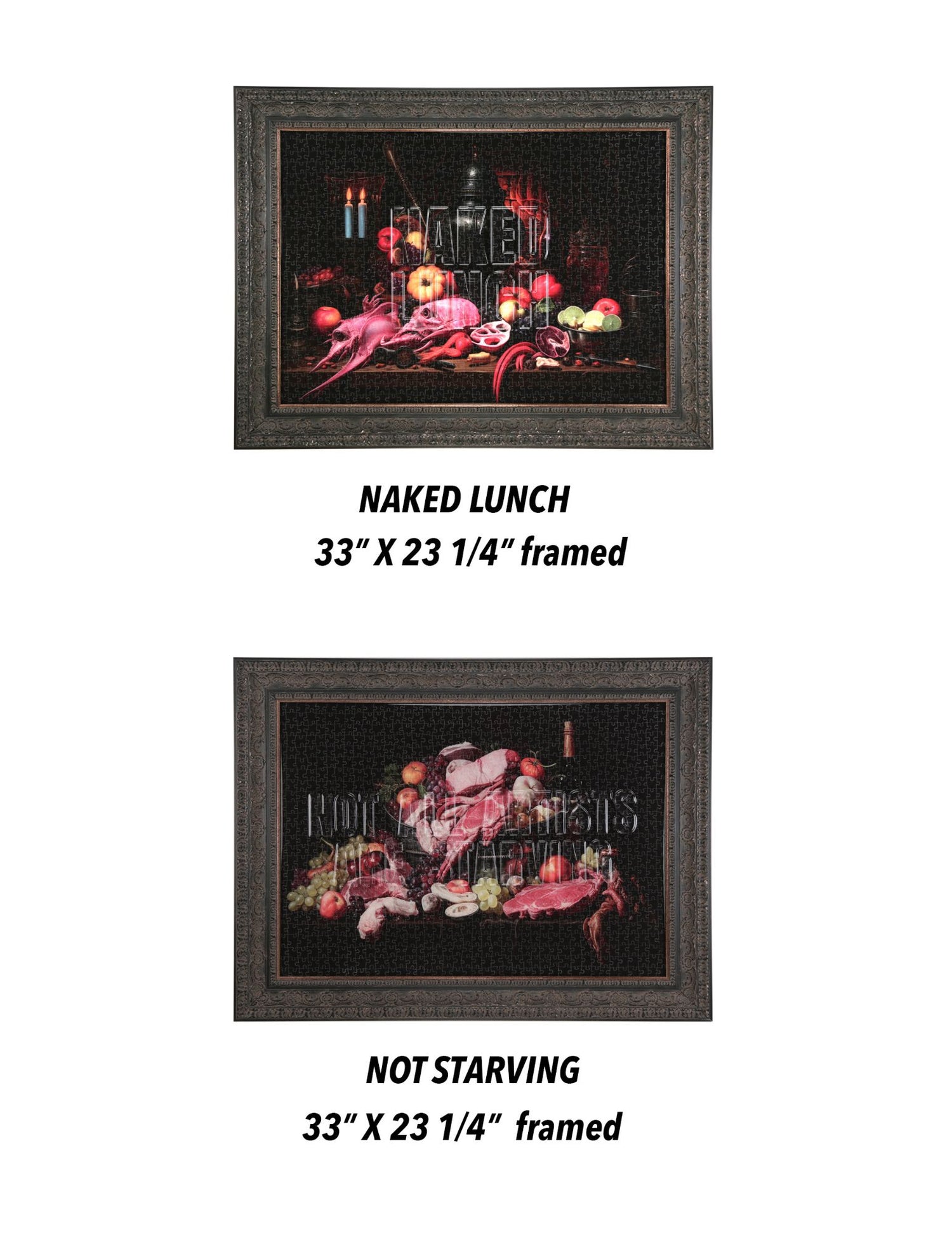
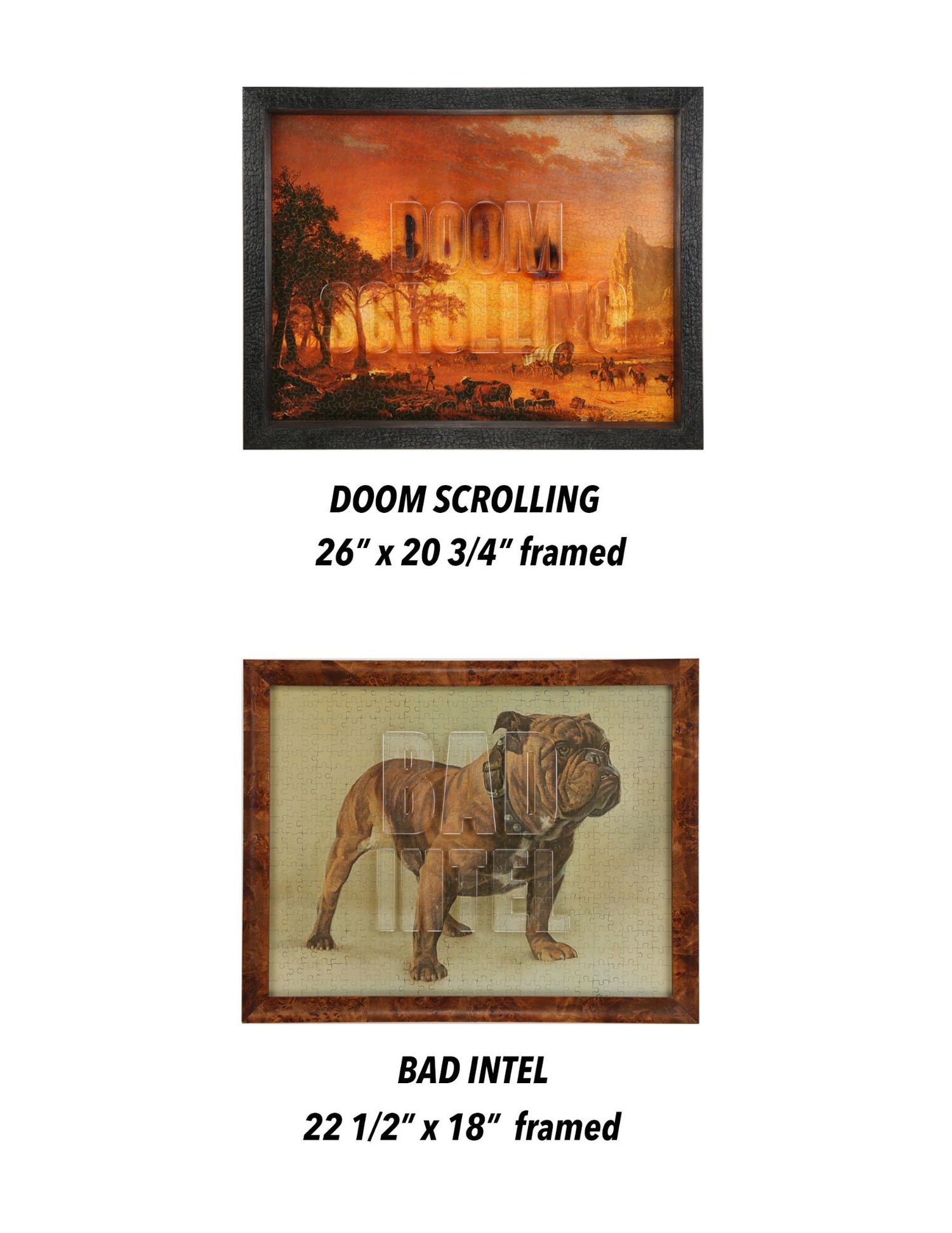
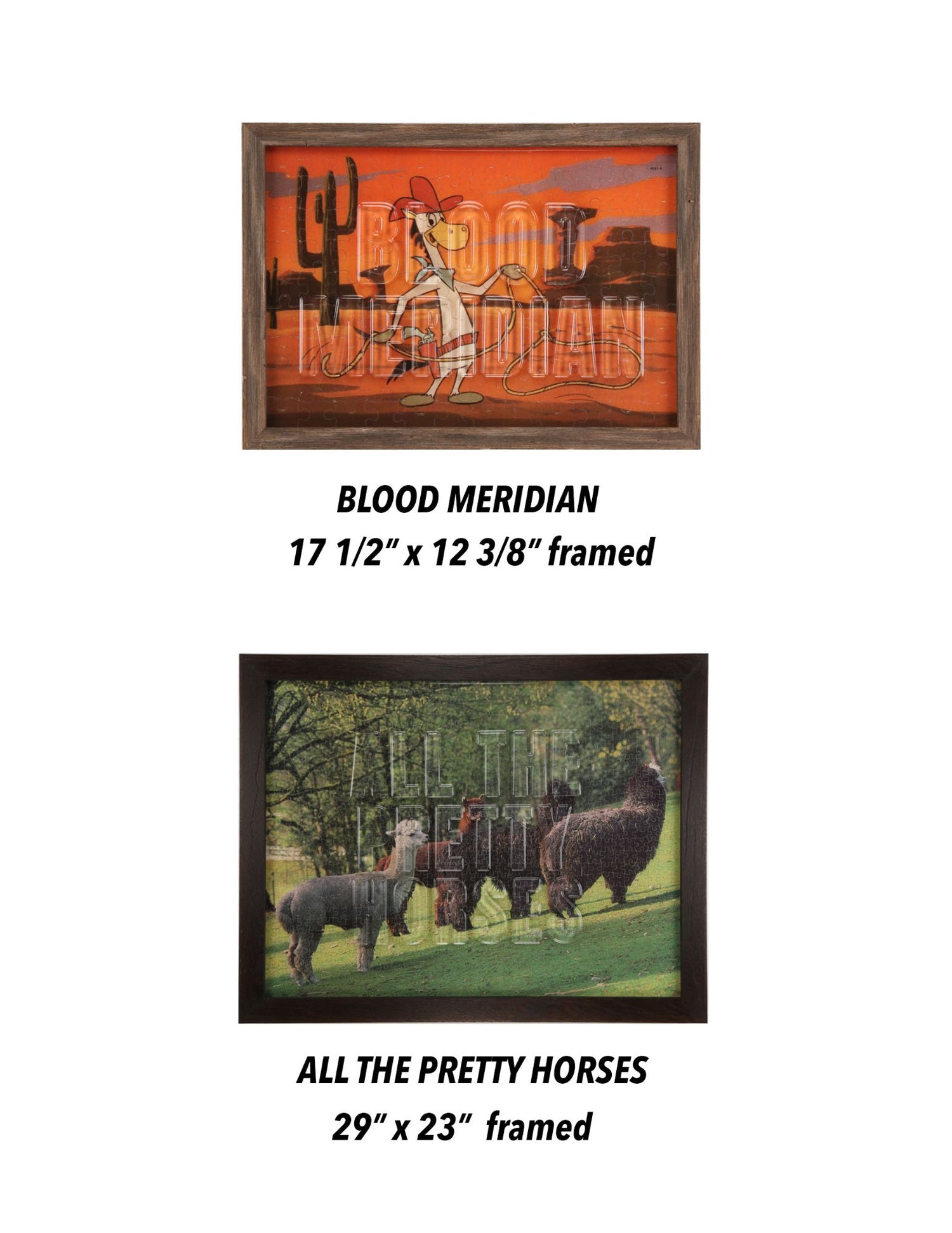
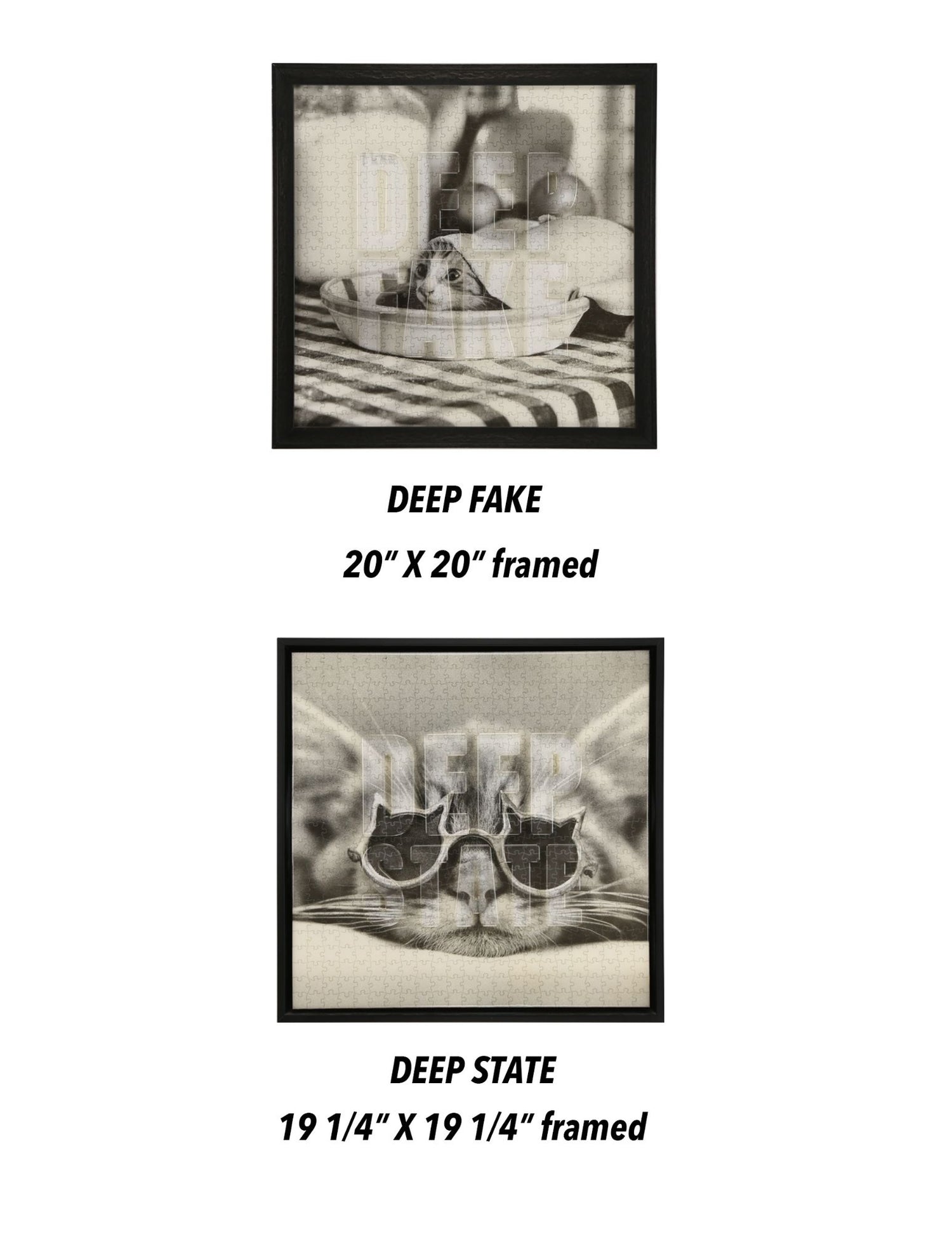
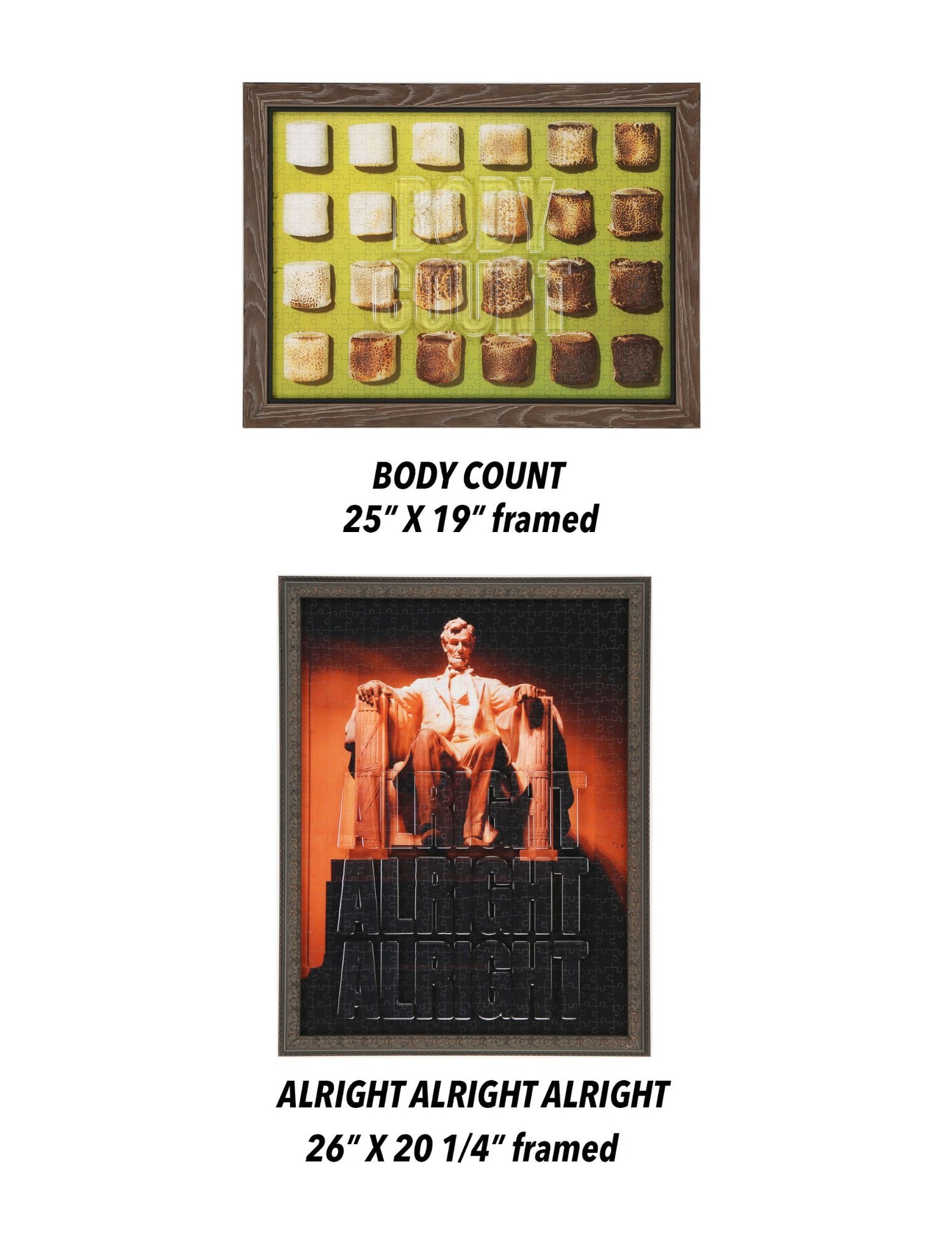


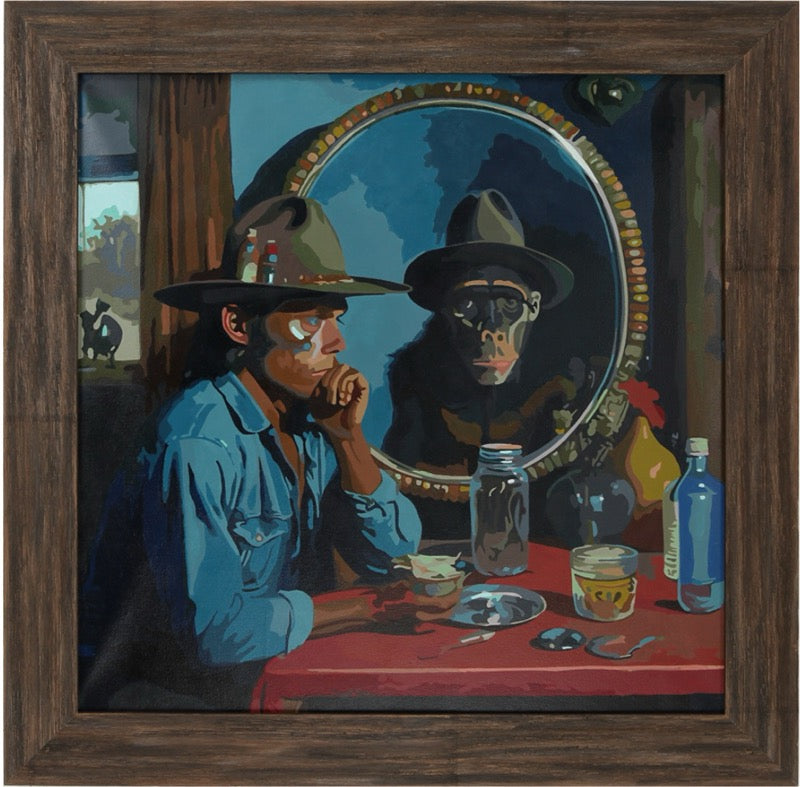
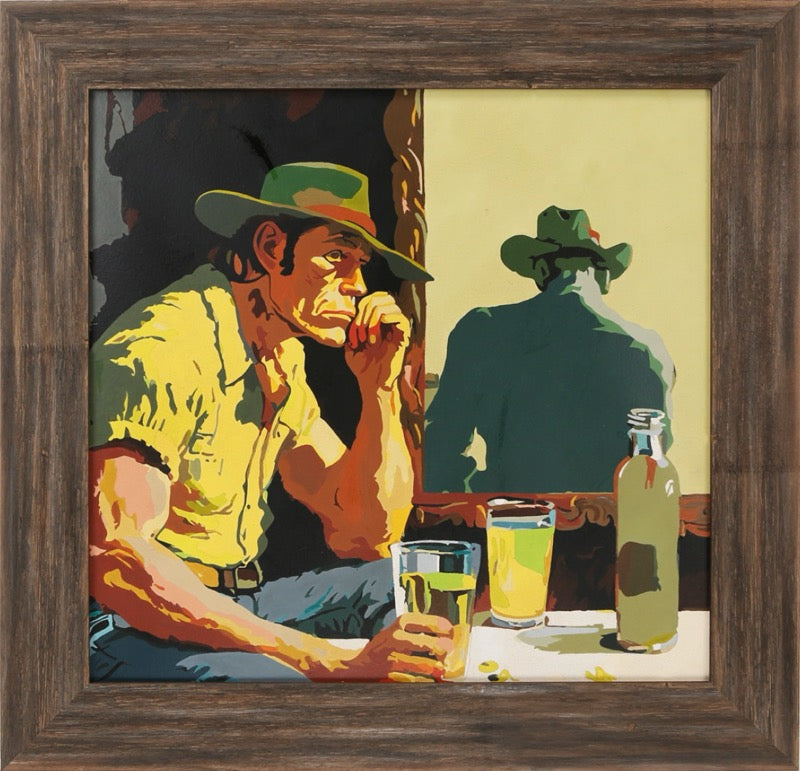
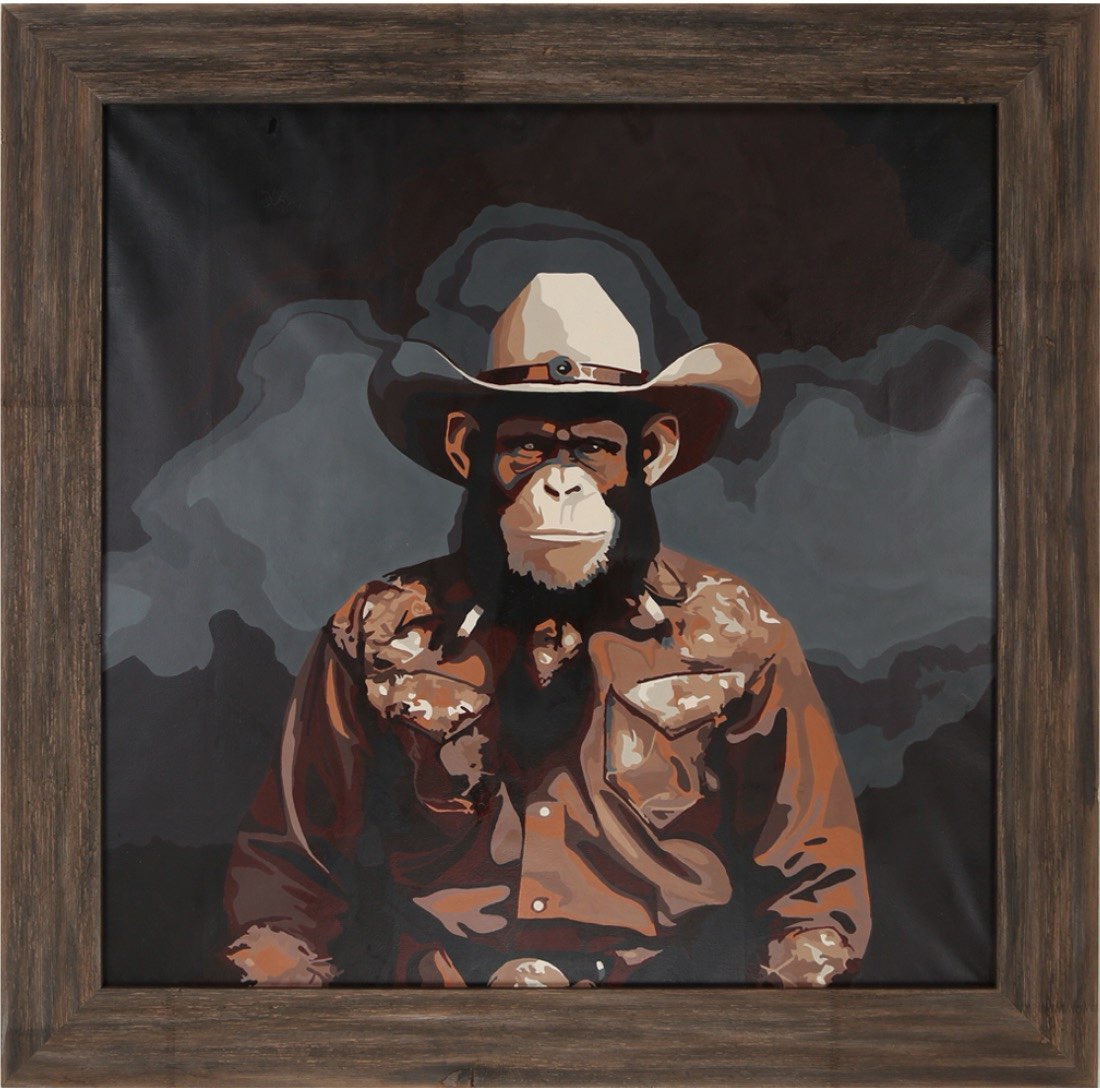
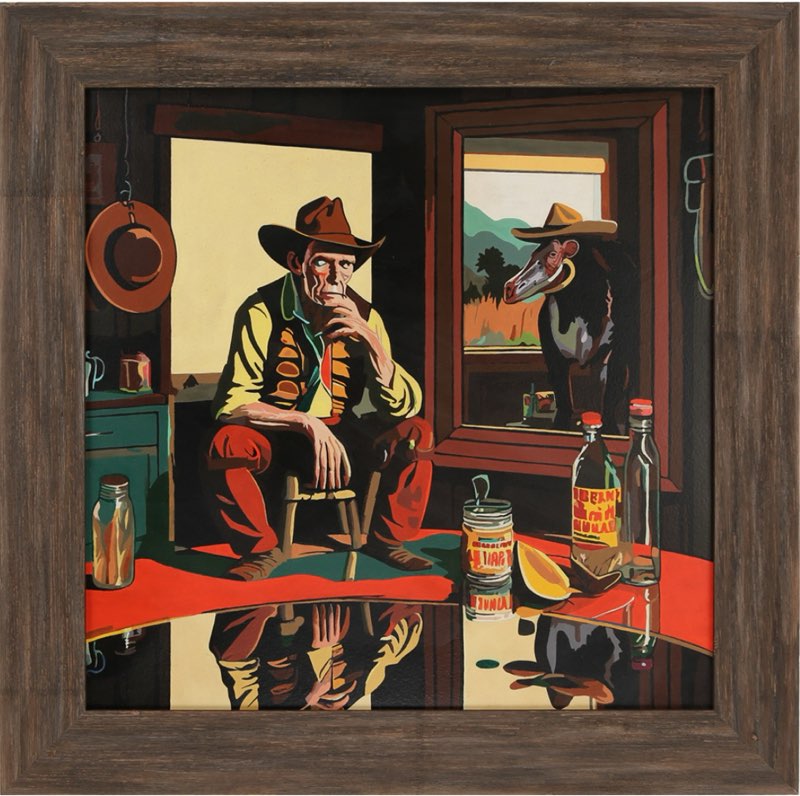
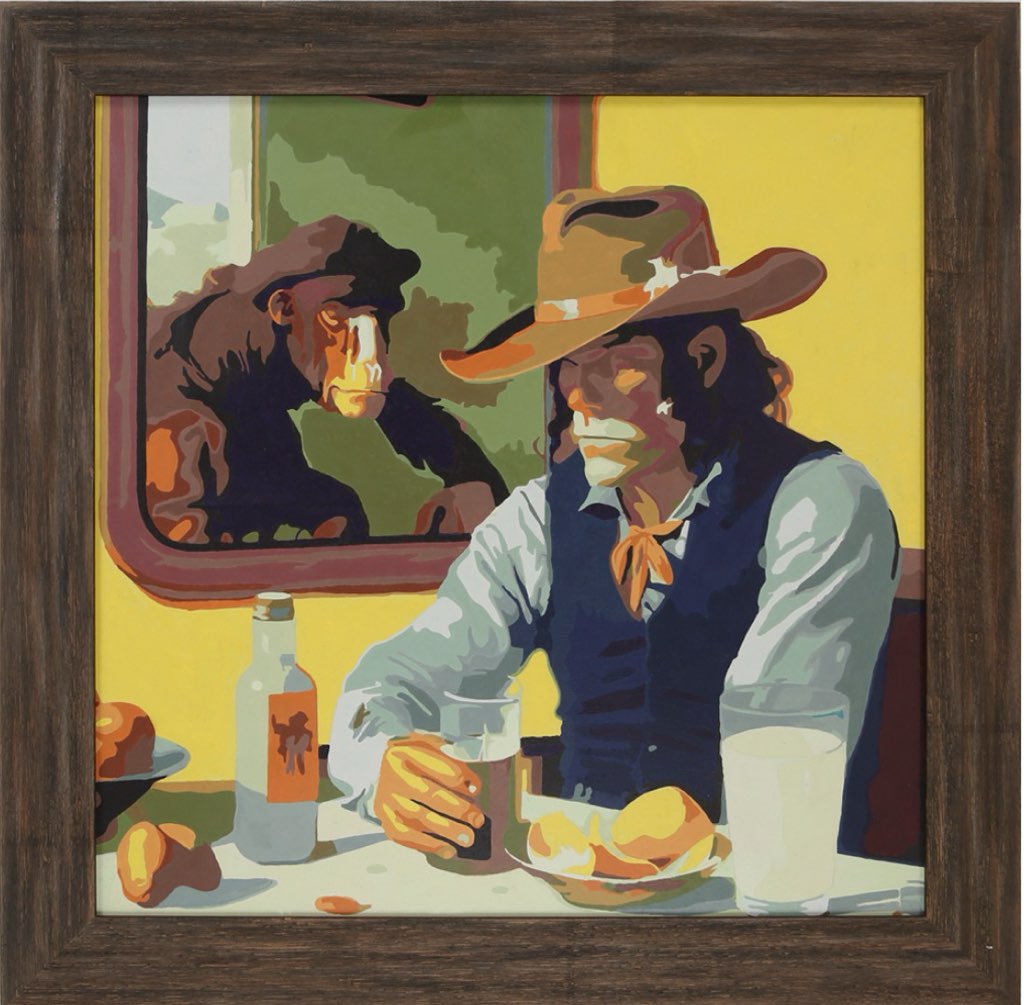
About the work:
It can be seen as a visual deception produced by mass-media technologies that presents itself as a vast inaccessible reality that can never be questioned. [1] ...to the letter. We are in a society that can no longer believe its eyes; that can no longer believe in the reality of matter; that can no longer believe in the reality of physical presence. [2] It will no longer be important to last, but to "get a thrill" - the quality of life will depend on the intensity of the instant, and not the stability of duration. [3] Words ... assemble a context in which the question, Is this true or false? is relevant.[4} "There's a great future in plastics." [5]
[1] Guy Dubord, The Society of the Spectacle (1967)
[2][3] Paul Virilio, Pure War (1983)
[4] Neil Postman, Amusing Ourselves to Death (1985)
[5] Mr. Maguire, The Graduate (1967)
In response to Ed Ruscha's iconic word paintings, this artwork ingeniously employs transparency, subverting Ruscha's emphasis on text by rendering it invisible. Through this clever riposte, the artist challenges conventional notions of language's dominance in art, inviting viewers to contemplate the interplay between visibility and invisibility, languageand aesthetics. The result is a mesmerizing fusion of conceptual depth and aesthetic pleasure, where the absence of text paradoxically speaks volumes, inviting interpretation and engagement on multiple levels.
The "there or not there" paradox is a philosophical puzzle that questions the nature of existence and perception. It posits that if something is truly "there," it must be perceivable in some way, yet if it is perceivable, it implies it's "not there" in the sense that it requires a perceiver to exist. This creates a loop where the very act of perceiving something undermines its existence. It challenges our understanding of reality, consciousness, and the relationship between perception and existence, highlighting the complexities of philosophical inquiry into the nature of reality and perception.
TRANSPARENCY
How could anyone be against transparency? Its virtues and its utilities seem so crushingly obvious. But I have increasingly come to worry that there is an error at the core of this unquestioned goodness. We are not thinking critically enough about where and when transparency works, and where and when it may lead to confusion, or to worse.
And I fear that the inevitable success of this movement--if pursued alone, without any sensitivity to the full complexity of the idea of perfect openness--will inspire not reform, but disgust. The "naked transparency movement," as I will call it here, is not going to inspire change. It will simply push any faith in our political system over the cliff.
- Lawrence Lessig
Puzzle pieces in artwork symbolize interconnectedness, complexity, and the idea that every element plays a crucial role in the overall composition. They represent the intricatenature of life and the world, where each piece contributes to the bigger picture, highlighting unity and interdependence.
